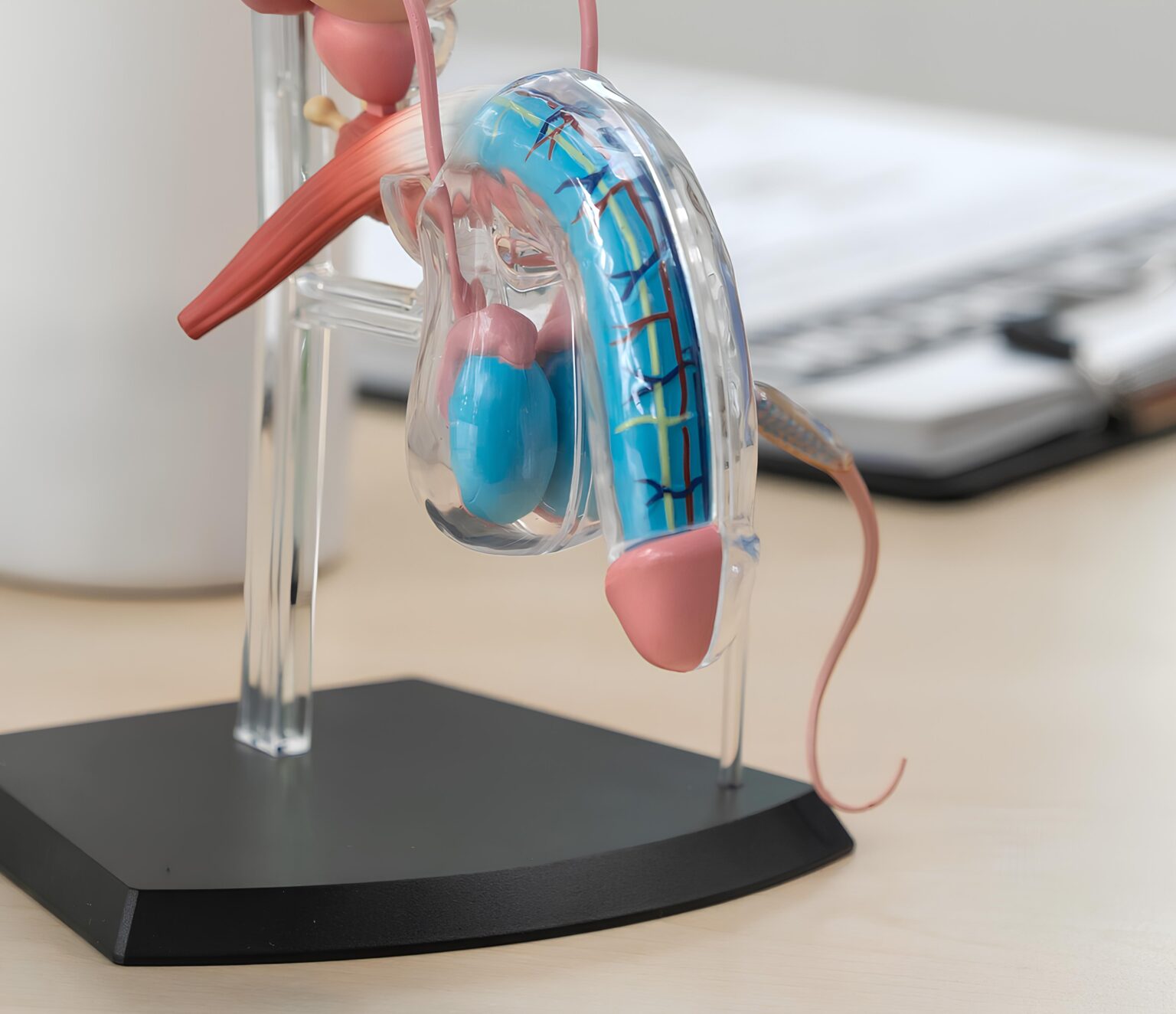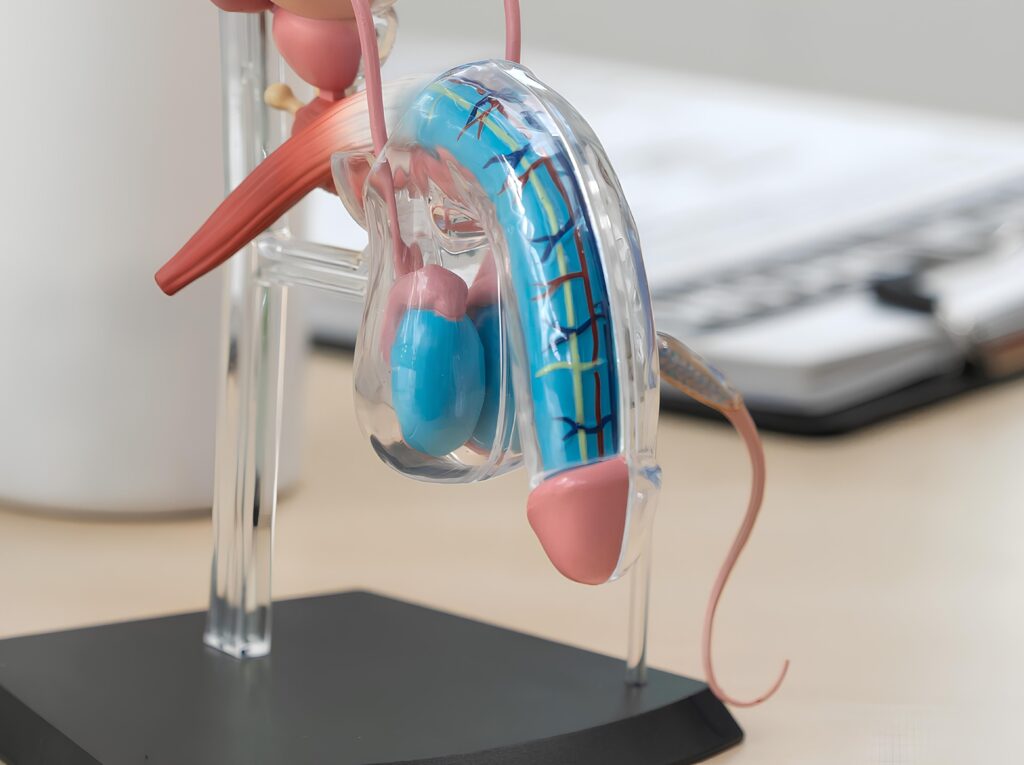Benefits of Circumcision
Circumcision offers several potential health and hygiene benefits, which can be factors for individuals considering the procedure.
-
Reduced Risk of Infections
Circumcision can decrease the chance of urinary tract infections during infancy and may lower the risk of acquiring certain sexually transmitted infections in adulthood.
-
Prevention of Penile Conditions
The procedure can prevent specific conditions such as phimosis, paraphimosis, and balanitis, which may otherwise lead to discomfort or the need for medical intervention.
-
Improved Hygiene
By removing the foreskin, circumcision simplifies genital hygiene, making it easier to maintain cleanliness and potentially reducing the risk of irritation or build-up of harmful bacteria.





